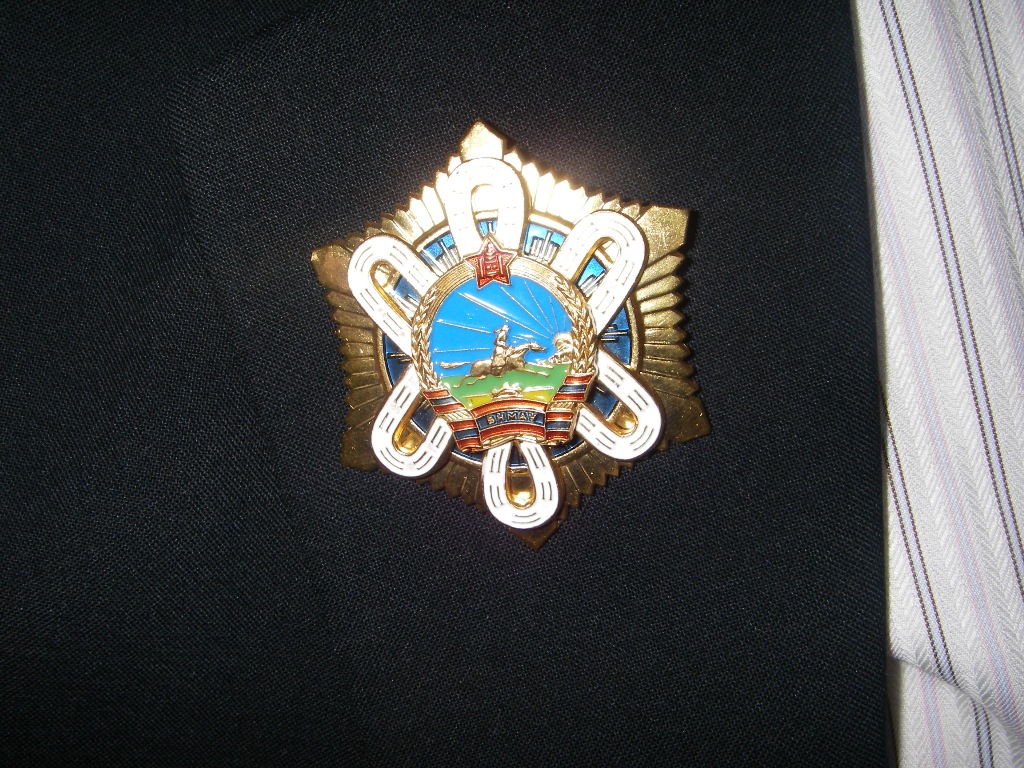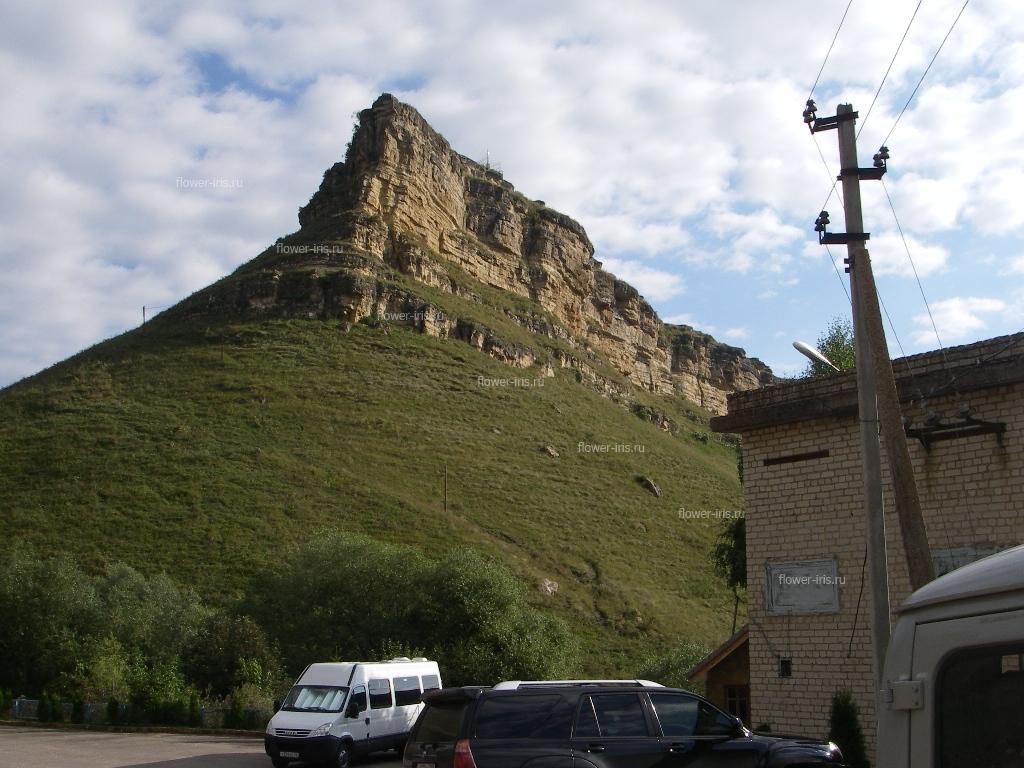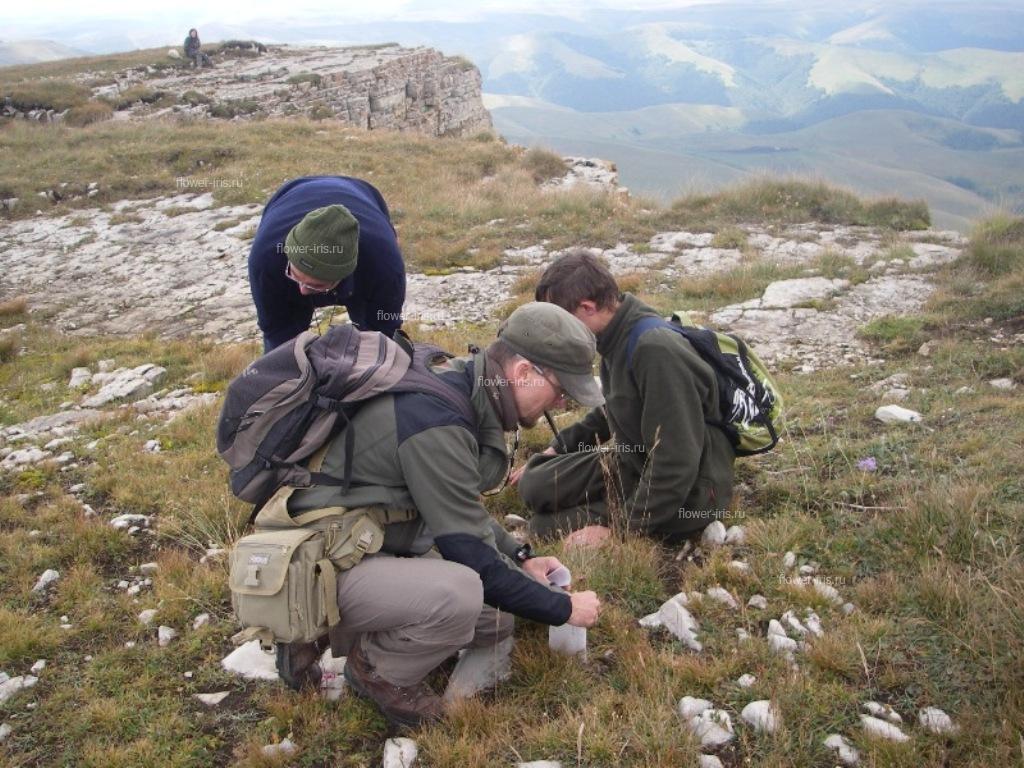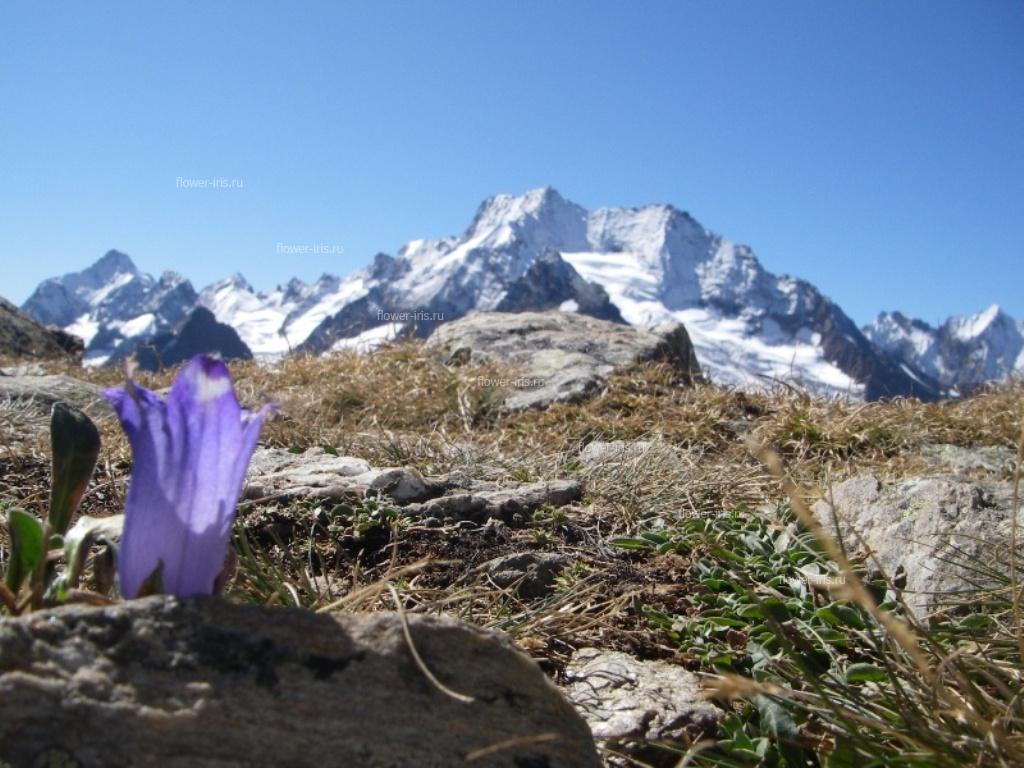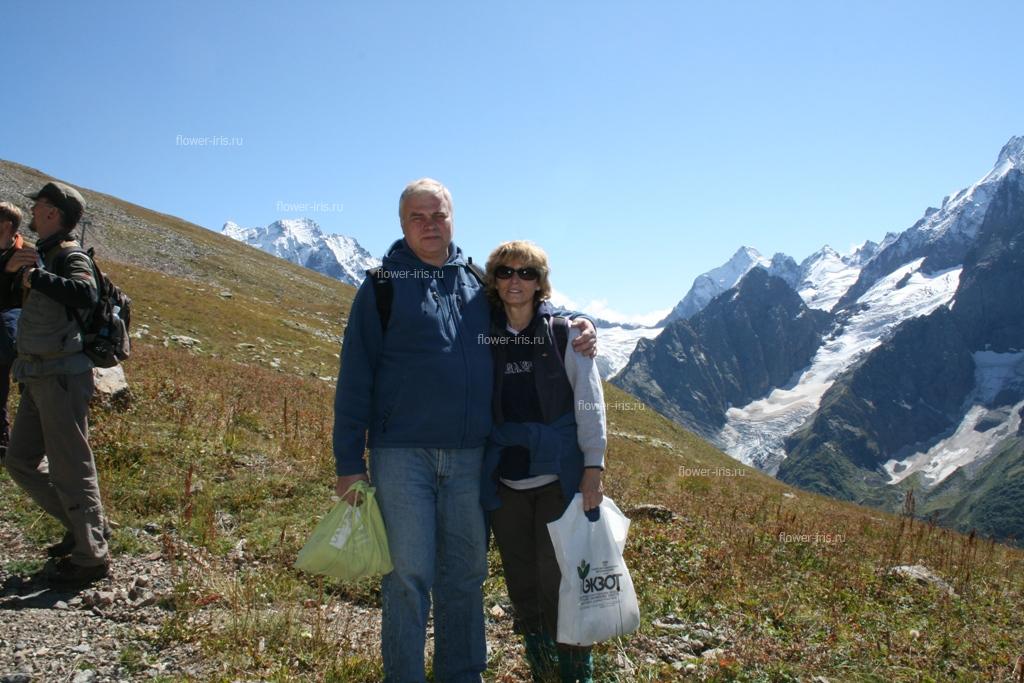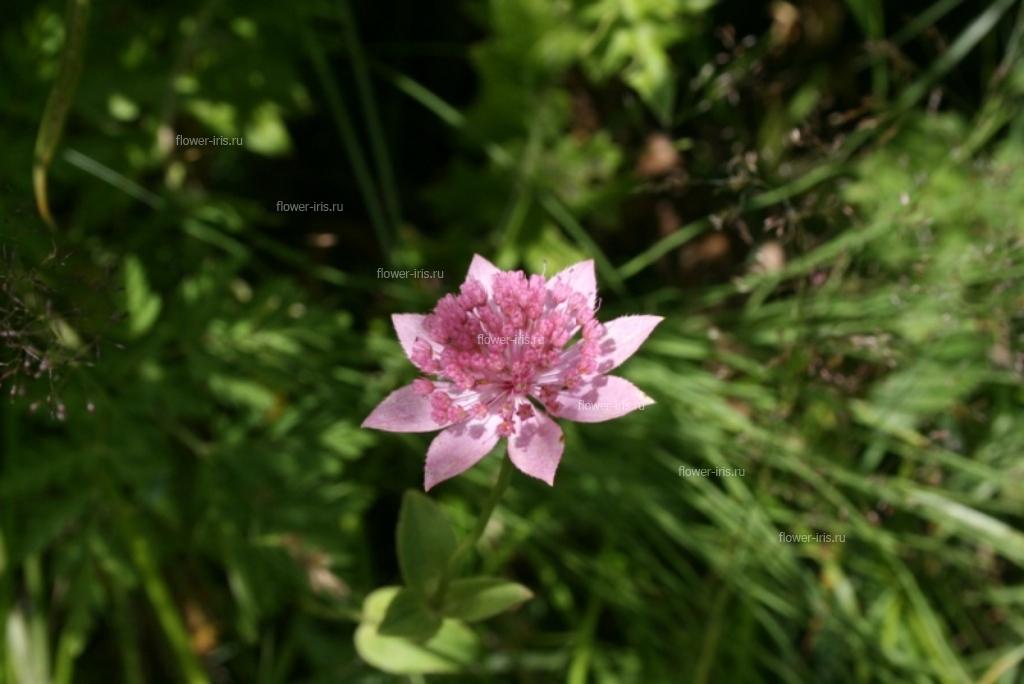|
News Photo Gallery |
Caucasus 2011Homepage → Tours and Expeditions → Caucasus 2011 The botanical seed-picking expedition to the Northern Caucasus took place since 1st till 16th September 2011. The flora of this region is very rich, and this is one of the hot spots of the biodiversity conservation of the Globe. The purpose of the expedition was to study the ecology and biology of plants in the wild and to collect seeds to replenish ex-situ collections of Saint-Petersburg, Stavropol, Hamburg, Gothenburg and Shanghai Botanic Gardens. The task of the project was also the change with ideas and with experience in the field of nature conservation and practical work in the field of gardening with Russian and foreign experts working in botanic gardens with different collections of living plants. The following persons took part in expedition: from Botanic Garden of the Komarov Botanical Institute RAS (BIN RAS, Saint-Petersburg) – G.A. Firsov, Yu. S. Smirnov and N.B. Alexeeva (The leader of the expedition), and also D.S. Shilnikov (the expert on local flora) from the staff of the Komarov Botanical Institute RAS (from Pjatigorsk Ecological-Botanical Station), from Stavropol Botanic Garden – G.T. Shevchenko (scientific expert), V.V. Krhapach and E.V. Peschanskaya. There were 7 botanists from foreign botanic gardens: Germany (Hamburg) – Struss Volker, Christian Rudolf Meyer and Marzke Mirko; Sweden (Gothenburg) – Kjell Gustaf Henrik Zetterlund, Anna Marika Irvine and Mats Erik Havström; and China (Shanghai) – Tian Qi. The expedition was sponsored from the grant of Locki Shmidt Foundation (Hamburg, Germany), Project GEF-CFT2011 from 26.11.2010. According to grant conditions, all participants had to reach the Mineralnije Vodi Airport for their own account. The transport expenditures for two participants from BIN RAS (N.B. Alexeeva and G.A. Firsov) were paid from the grant of BIN RAS expeditions. To ensure the safety of the group at the mountainous districts of the route at territory of the Karachai-Circassian Autonomous Republic, and also to help with registration of foreign participants of expedition at Russian Federation (Cherkessk) the treaty was signed with “Strizhament” Touristic Agency (Stavropol) for touristic service (the supply with transport, the help with hotels accommodation, feeding and obtaining the passes to the frontier zone). Totally there were 18 persons in the expedition detachment. The route was laid-out as follows: Stavropolsky krai (environs of towns of Zheleznovodsk, Pjatigorsk and Stavropol) and Karachai-Circassian Autonomous Republic, with visiting of Teberda State Biospheric Nature Reserve and of local Nature Reserve at environs of Arkhyz settlement. In the process of expedition several field experiments were carried out. Several among the most interesting mountains were visit and examined: Beshtau, Razvalka, Zheleznaya, the foothill of Mashuk and the Plateau of Bermamyt. The special attention was given to Sophijsky Gorge at environs of Arkhyz (Sophijsky Glacier, Sophijsky Waterfalls, Sophijsky Lakes), as well as at Teberda and Dombai, where a lot of material was collected. The meetings with colleagues and acquaintance with living collections of Pjatigorsk Ecological-Botanical Station and of Stavropol Botanic Garden helped to add the general impressions on cultivation of plants at this region, and to replenish our funds with living plants and seeds as well. The participants of the expedition had the opportunity to visit different floristic districts, to meet with different types of vegetation of all belts from foothills till upper level of vegetation at highlands, to make seed picking at elevations from 550 till 3000 m above sea levels: at alpine and subalpine meadows, conifer and broadleaved forests and virgin steppe. Each belt is characterized by specific climate: the dry and hot one at the steppe, the moist and moderately warm – at the forest belt, and dry and cold one – at the high elevations. There is also a specific soil: the black soil at the foothills, brown forest soil – at the forest belt, and turf and peat shallow soil – at the alpine zone. This is important that we were able to meet with peculiarities of ecology and biology of relic plants growing on rocks and stony slopes. The participants of expedition collected mostly seeds, but small amount of living plants and of herbaria as well. Totally 462 species of 245 genera have been collected, including 227 species of 147 genera for Botanic Garden BIN RAS. The seeds have been passed to curators of collections (Alexeeva N.B., Baranova M.V., Kapeljan A.I., Manaenkova D.A., Firsov G.A.) and to the Seed Laboratory. Living plants have been planted at special plots and beds. The phyto-sanitary quarantine certificates for foreign participants were received at Stavropol due to kind help of Stavropol Botanic Garden. All participants were successful to deliver all collected material to their botanic gardens. As a result the collection of Hamburg Botanic Garden has replenished for 141 species of 93 genera, of Gothenburg Botanic Garden – for 228 species of 127 genera, and Shanghai Botanic Garden – of 133 species of 96 genera. The participants of expedition took many thousand photos which will be helpful in plants identification and will be used in lectures, publications and sites creating. |


 Eng
Eng

